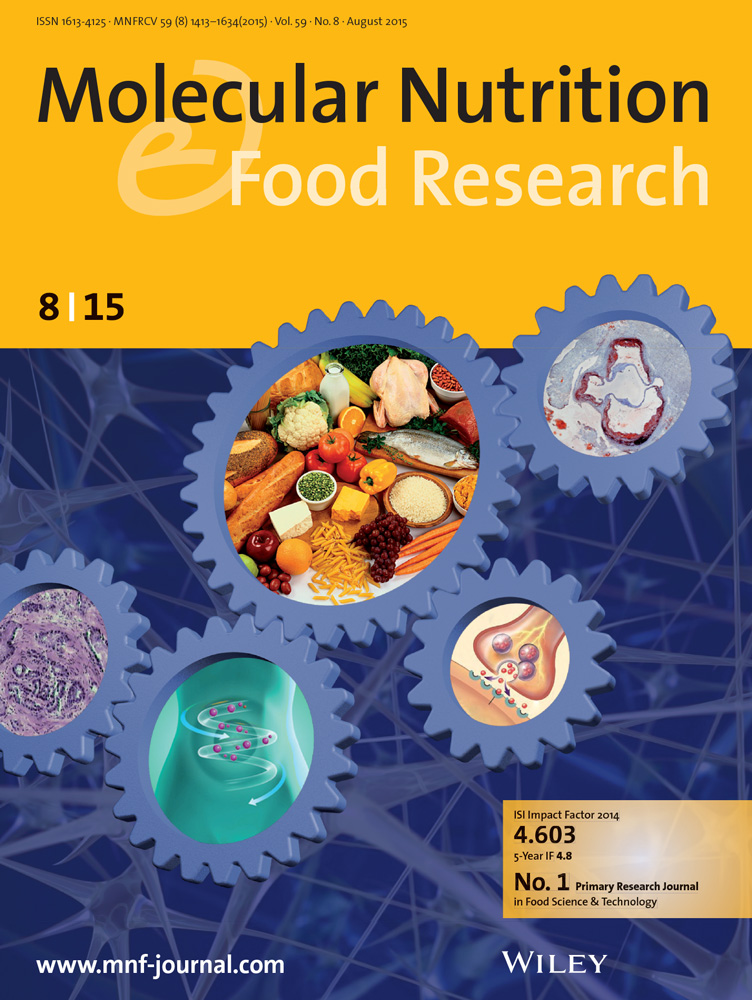Bioavailability of Magnesium and Potassium Salts Used as Potential Substitutes for Sodium Chloride in Human Nutrition - A Review.
IF 4.2
2区 农林科学
Q1 FOOD SCIENCE & TECHNOLOGY
引用次数: 0
Abstract
Hypertension represents a major risk factor for cardiovascular diseases. As a diet high in sodium chloride is associated with hypertension, so-called "blood pressure salts" are attracting increasing scientific interest. These are characterized by a partial replacement of sodium chloride by other salts, mainly potassium and magnesium compounds. The aim of this review is to evaluate the bioavailability of potassium and magnesium salts as dietary supplements and to identify potential sodium chloride substitutes. A literature search was conducted in the PubMed database using the PICO scheme. Randomized controlled trials in healthy adults investigating the bioavailability of defined potassium/magnesium salts were included. Potassium chloride and potassium citrate showed good bioavailability irrespective of the route of administration and dose. Magnesium citrate and magnesium chloride showed good bioavailability while magnesium oxide was poorly bioavailable. This may be partly due to its poor solubility in water. The results indicate that potassium chloride and potassium citrate as well as magnesium citrate and chloride are suitable for the use as salt substitutes and for increasing potassium and magnesium intake in addition to reducing sodium. Due to its poor water solubility and consequently low bioavailability magnesium oxide is less suitable.作为氯化钠潜在替代品的镁和钾盐在人体营养中的生物利用度综述。
高血压是心血管疾病的一个主要危险因素。由于高氯化钠饮食与高血压有关,所谓的“血压盐”正引起越来越多的科学兴趣。它们的特点是被其他盐,主要是钾和镁化合物部分取代氯化钠。本综述的目的是评价钾和镁盐作为膳食补充剂的生物利用度,并确定潜在的氯化钠替代品。使用PICO方案在PubMed数据库中进行文献检索。纳入了在健康成人中调查确定的钾/镁盐的生物利用度的随机对照试验。氯化钾和柠檬酸钾在不同给药途径和剂量下均表现出良好的生物利用度。柠檬酸镁和氯化镁的生物利用度较好,氧化镁的生物利用度较差。这可能部分是由于其在水中的溶解度差。结果表明,氯化钾和柠檬酸钾以及柠檬酸镁和氯化物适合作为盐的替代品,在减少钠的同时增加钾和镁的摄入量。由于氧化镁水溶性差,因此生物利用度低,因此不太适合。
本文章由计算机程序翻译,如有差异,请以英文原文为准。
求助全文
约1分钟内获得全文
求助全文
来源期刊

Molecular Nutrition & Food Research
工程技术-食品科技
CiteScore
8.70
自引率
1.90%
发文量
250
审稿时长
1.7 months
期刊介绍:
Molecular Nutrition & Food Research is a primary research journal devoted to health, safety and all aspects of molecular nutrition such as nutritional biochemistry, nutrigenomics and metabolomics aiming to link the information arising from related disciplines:
Bioactivity: Nutritional and medical effects of food constituents including bioavailability and kinetics.
Immunology: Understanding the interactions of food and the immune system.
Microbiology: Food spoilage, food pathogens, chemical and physical approaches of fermented foods and novel microbial processes.
Chemistry: Isolation and analysis of bioactive food ingredients while considering environmental aspects.
 求助内容:
求助内容: 应助结果提醒方式:
应助结果提醒方式:


